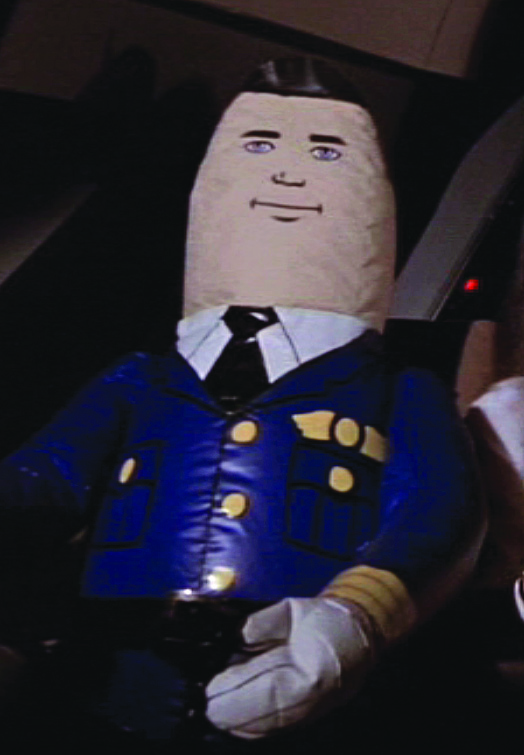
Brooks died when his prototype Flivver crashed into the ocean due to fuel starvation.īrooks loved the tiny plane, telling reporters, “Flying a plane like this is no more difficult than flying a large plane, except in this plane the pilot has to think a little faster.” For the next year and a half, Brooks performed test flights and a some publicity barnstorming with the Flivver, including flying the Flivver into Washington D.C. Brooks, Ford test pilot, one of two people who flew the Flivver. Flying magazine said in 1978 that it was the only Ford designed engine that ever flew. The remaining two prototypes featured this engine. Replacing the Anzani triple was a custom horizontally opposed twin made from a FoMoCo design of 143 cubic inches displacement, using Wright Whirlwind internal components, that put out 40 hp. As there were plans to use this prototype to set distance records, a 55 gallon fuel tank was installed. Perhaps because the wings were heavier, Flivver 2A had supportive wing struts. The second design had a bigger wingspan, a sleeker, lower profile and this time the entire plane’s frame was made of steel tubing, covered with coated fabric. Some sources say there were only three Flivvers made, some sources say four and one source says there were two prototypes of the initial design and then three prototypes of a second design, apparently because the first design wasn’t so great. The plane was 15 feet long, with a wingspan of 22 feet and it weighed just 350 lbs.

At least two different engines were used in Flivvers.

Suspension function was achieved by using rubber doughnuts to mount the wheel struts to the wing. A custom exhaust manifold connected the cylinders to a stock Model T muffler. That wheel also carried the planes only brake. Since Ford didn’t like tail-draggers, the Flivver featured a tailwheel mounted to the rudder, making the plane steerable in the ground. The surfaces were made of fabric stretched over the frame. What Koppen came up with had a fuselage made of welded steel tubing and the wings were made of wood. Ford apparently liked the idea of a plane in every garage to go with the Model T that likely was there. Koppen would later say Ford’s instructions to him were that it had to be a single seat plane that was small enough that it could “fit in his office”. Some of the confusion may be due to the fact that two different versions and five total prototypes of the Flivver were built, with some of the planes being modified as many as three times. Koppen would go on to develop the world’s first short take off and and landing (STOL) airplane, the Helio Courier. Now some may think that because Ford’s attempt to build an everyman’s airplane ended up not being a successful venture that Koppen didn’t know what he was doing, but after working for Ford the aviation engineer returned to MIT where he had a long and distinguished career as an aeronautical engineering professor. Henry Ford had complained that the tail-dragging skid originally fitted to the plane tore up the sod at his airfield, Ford Airport.Īfter Stout and Mayo turned their boss down, happy with the young engineer’s work on the Trimotor, Henry turned to Otto Koppen. His first job there was to design the tail wheel on the Ford Trimotor. Koppen left the Army and got a job in Dearborn at the Ford owned Stout Metal Airplane Company. After he had a harrowing emergency landing he discovered that his parachute was faulty – had he bailed out he would have fallen to his death. Army Air Corps where he served for four years under Jimmy Doolittle. After graduating from college, Koppen enlisted in the U.S. Koppen, a young MIT trained aeronautical engineer.

To design the new plane, named the Ford Flivver, after one of the Model T’s nicknames, Ford turned to Otto Koppen.

Ford simply moved the project to a building in the Ford Laboratories complex. All of Ford Motor Company stock was owned by Henry, Clara, and Edsel Ford, with Henry having the greatest share (49/3/48) so the firm was effectively Henry’s private feudal empire. By then Henry Ford had bought out all of his investors and partners. He first proposed the idea to the men running his aircraft division, Trimotor designer William Bushnell Stout and William Benson Mayo but based on Henry’s design brief, neither experienced aeronautical man wanted anything to do with project. Following the success of the Ford Trimotor, one of the first successful commercial passenger and cargo airplanes, which was introduced in 1925, Henry Ford got the aviation bug and decided to build what he called a “Model T of the air”, a small, affordable single seat airplane.


 0 kommentar(er)
0 kommentar(er)
